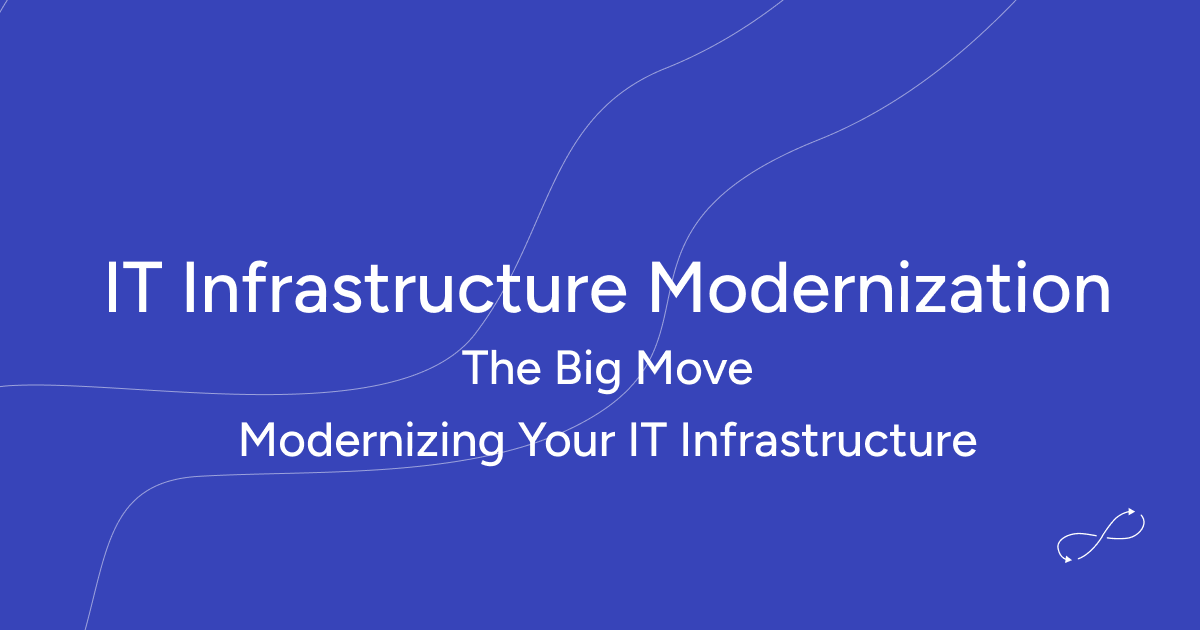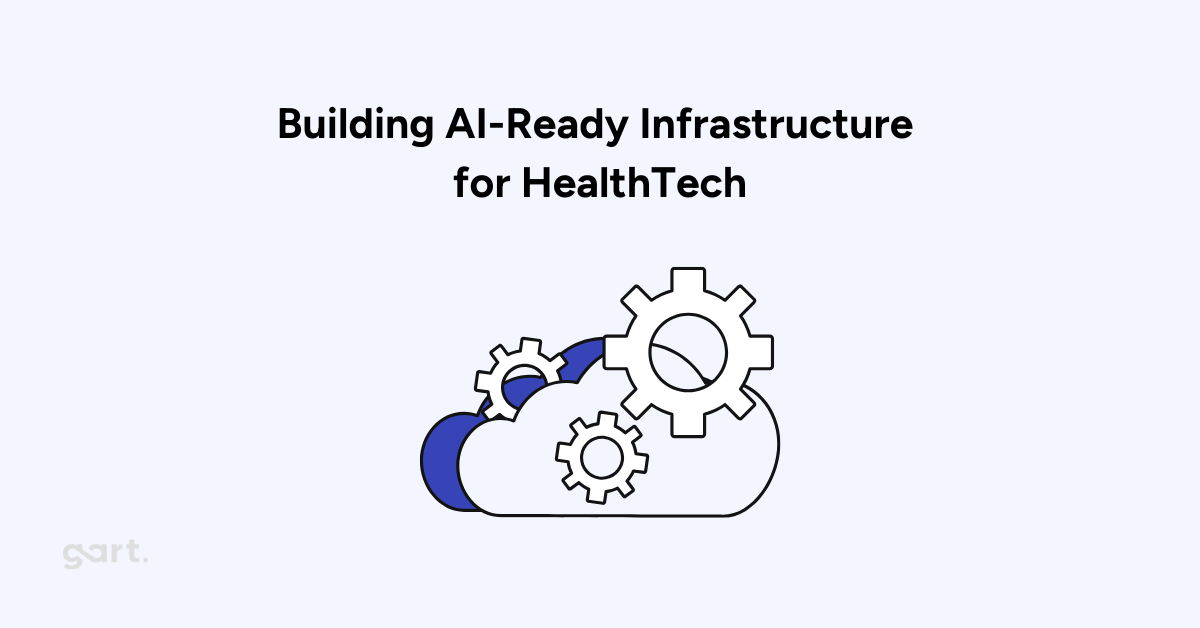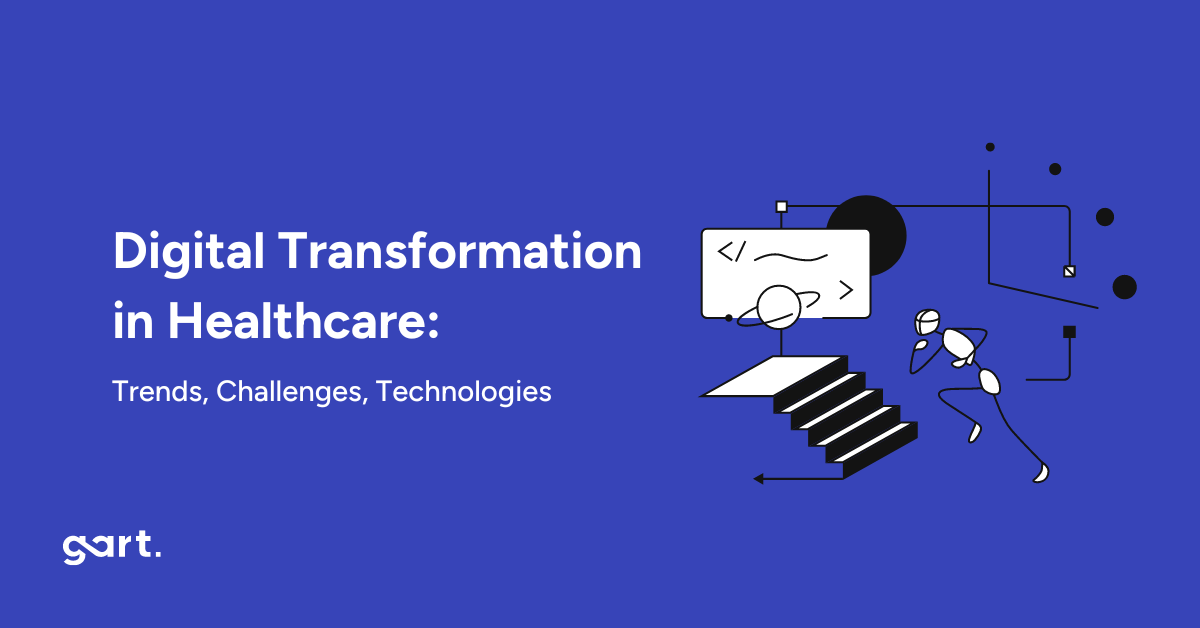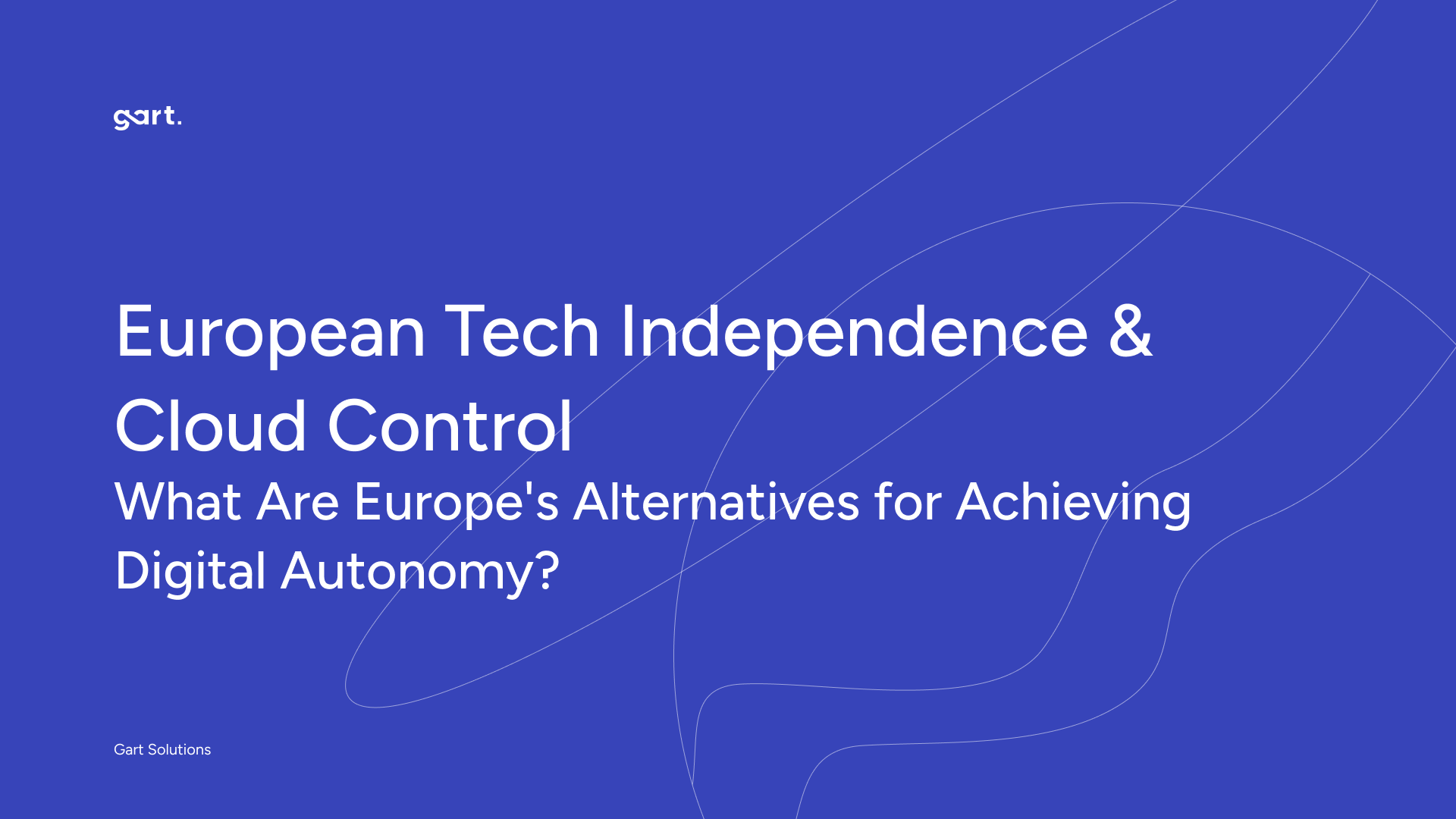Think of your IT setup as an old car. Once upon a time, it was shiny, reliable, and got you where you needed to go. But now? The brakes squeak, the fuel economy is awful, and every trip feels like a gamble. That’s what legacy infrastructure is doing to your business — slowing you down, eating up cash, and leaving you wide open to risks you really don’t need.
This guide isn’t just another tech manual. It’s your roadmap for turning clunky old systems into a modern, agile engine that powers real innovation. We’ll walk through why modernization matters, how to make the business case, what tech to keep an eye on, and what we’ve learned from both the “big wins” and the “ouch, never again” stories. By the end, you’ll have a clear view of where IT is heading in 2025 and beyond — and how you can get there without losing your sanity.
Why Modernization Is More Than Just a Tech Upgrade
Here’s the deal: this isn’t about swapping old wires for new ones. It’s about future-proofing your business. Modernization is an investment that pays you back in cold, hard numbers (lower costs, faster rollouts) and strategic wins (more agility, less firefighting).
✨ Bottom line: old systems slow you down, new ones set you free.
The Harsh Reality: Legacy Systems Are Dragging You Down
Legacy systems aren’t just “old-school.” They’re ticking time bombs. The biggest culprit? Technical debt. That mountain of outdated code and postponed fixes doesn’t just sit there quietly — it grows. McKinsey estimates it can eat up to 40% of your IT budget. That’s almost half your money tied up in keeping ancient tech on life support instead of fueling growth.
And it gets worse. Those old systems:
- Can’t keep up with change. Gartner says 73% of CIOs admit legacy tech is the #1 roadblock to digital transformation.
- Are a security nightmare. No updates, no patches, plenty of holes. That’s like leaving your office door wide open at night.
- Create data silos. Scattered systems mean scattered insights, making it harder to actually know what’s going on in your own business.
The longer you wait, the heavier the anchor gets. Costs go up, risks multiply, and agility goes out the window. Modernization isn’t a “nice-to-have” — it’s the only way to stay secure, compliant, and competitive.
Show Me the Money: From Cutting Costs to Crushing the Competition
Modernization isn’t just an IT makeover — it’s a money-making machine. The first big win? Lower bills. New systems are leaner, greener, and way less needy. They sip power instead of guzzling it, don’t demand endless maintenance, and basically pay for themselves by cutting 30–50% off your operating costs and up to 35% off infrastructure expenses. Not bad for just swapping out the old junk.
Then there’s the cloud. Forget those monster upfront expenses. With usage-based billing, you pay for what you actually use (wild concept, right?). No more wasting cash on servers sitting around doing nothing but heating the office.
But it’s not just about saving money — it’s about moving faster. Modern infrastructure runs smoother, delivers data at lightning speed, and scales up or down on demand. Holiday rush? No problem. Sudden spike in traffic? Bring it on. You’ll flex with the market instead of scrambling to keep up.
And let’s not forget security. Outdated systems leave the door wide open for cyber trouble. Modern setups flip the script: automated updates, real-time monitoring, and beefy encryption. That means fewer breaches, fewer headaches, and more trust from your customers.
Here’s the kicker: modernization doesn’t just save money, it makes money. Companies that get serious about it see an average 14% bump in revenue. That’s because freed-up resources and new agility spark innovation — faster launches, smarter business models, and fresh revenue streams.
🚨 The real risk isn’t modernizing — it’s doing nothing. Every day you stick with legacy, you’re basically paying a “slow tax.”
Table 1: The Business Imperative: Key Drivers & Quantifiable Benefits
| Business Imperative / Driver | Description | Quantifiable Benefit / ROI |
| Technical Debt | Cost of reworking outdated code and systems. | Reduction in operational costs by 30-50%. |
| Market & Customer Demands | Need to adapt to changing market conditions and user expectations. | Average 14% increase in revenue. |
| Operational Inefficiency | Manual, repetitive tasks and system downtime. | Automate 65% of repetitive tasks; 40% boost in productivity. |
| Cybersecurity Threats | Increasing sophistication of cyberattacks. | Respond to threats 92% faster with modern infrastructure. |
| High Maintenance Costs | Hefty expenses for maintaining legacy systems. | Up to 35% reduction in infrastructure costs. |
Charting the Course — Strategies & Playbooks That Actually Work
Alright, you’ve nailed the “why.” Now comes the fun (and slightly scarier) part: how do you actually pull this off without burning through your budget or your team’s sanity? The trick is to stop thinking of modernization as one giant, terrifying project and start treating it like a smart, phased journey with a clear roadmap.
Step One: Know Where You Stand (Before You Start Running)
First things first — you need a full picture of your current setup. And no, a quick technical audit won’t cut it. You’ve got to bring everyone to the table: stakeholders, department heads, and even those power users who know exactly which app crashes every Friday at 4 p.m.
Here’s what you’re hunting for:
- Bottlenecks slowing down operations.
- Security holes big enough to drive a truck through.
- Systems that don’t actually line up with business goals anymore.
Pro move: score every app based on risk and cost. The ones draining the most money or keeping you up at night? They go first. Having hard data makes it way easier to get exec buy-in (and harder for them to kick the can down the road).
From there, you’ve got the bones of your modernization roadmap — key steps, timelines, resources, and all the milestones that let you rack up some early wins. Quick victories keep morale high and build momentum for the bigger lifts ahead.
The 6 R’s of Cloud Migration: Your Playbook
Gartner gave us the “6 R’s” of cloud migration — and honestly, it’s a solid cheat sheet for figuring out what to do with each application. Think of it as six doors, and you just have to pick the right one for each system:
- Re-host (aka Lift & Shift). Move it as-is to the cloud. Fast, cheap, and low-risk. Perfect starter move.
- Re-platform. Same idea, but with a few tweaks — like swapping your clunky on-prem database for a managed cloud service.
- Retire. Sometimes the best move is to pull the plug. If an app’s useless, let it go.
- Repurchase. Replace it with a SaaS app. Why maintain a custom dinosaur when a slick, cloud-based alternative is cheaper and better?
- Retain. Keep it where it is. Sometimes compliance rules or migration headaches mean an app is staying on-prem for now.
- Re-factor. The big one. Tear it down and rebuild cloud-native. Pricey and labor-intensive, but it sets you up for massive scalability and agility in the long run.
The beauty of the 6 R’s is flexibility — not every app needs the same treatment. Some just need a lift, some need a makeover, and some deserve full retirement.
🔥 Bottom line: Assess first, roadmap smart, and use the 6 R’s as your migration playbook. Modernization isn’t about boiling the ocean — it’s about making confident moves, one phase at a time.
Table 2: The 6 R’s of Cloud Migration: A Strategic Framework
| Migration Strategy (The “R”) | Description | Key Characteristics | Best For… |
| Re-host | Move an exact copy of the on-premise environment to the cloud. | Low complexity, minimal changes, fast. | Initial cloud adoption, low-value applications. |
| Re-platform | “Lift and shift” with minor adjustments. | Medium complexity, some optimization, moderate speed. | Gaining quick benefits without a full rebuild. |
| Repurchase | Replace with a new cloud-based SaaS product. | Abandon existing app, requires training, simple, cost-effective. | Moving off customized legacy systems. |
| Retain | Keep an application in the current environment. | High complexity to migrate, compliance issues, temporary solution. | Applications that are difficult to migrate or have regulatory hurdles. |
| Retire | Turn off an application that is no longer useful. | Zero effort, no value, no migration. | Applications with no business value. |
| Re-factor | Redesign and rebuild from scratch to be cloud-native. | High complexity, labor-intensive, time-consuming. | High-value, strategic applications that need long-term agility. |
Microservices vs. Monoliths: The Big Architectural Fork in the Road
When it comes to modernization, one of the biggest decisions you’ll face is this: do you stick with a monolith or go all-in on microservices?
The Monolith: One Big Happy (Until It’s Not) Family
A monolithic app is basically one giant block of code where everything — from your login screen to your payment engine — lives under the same roof. At first, it feels simple: one codebase, one deployment, one app to rule them all. The problem? When that one app gets big, it gets clunky. Scaling is hard, updates move at a snail’s pace, and if one module breaks, the whole system can faceplant. It’s like building a skyscraper on a single pillar — it works until it doesn’t.
Microservices: Breaking It Down
Microservices flip the script. Instead of one mega-app, you break things down into small, independent services that talk to each other via APIs. Each service can scale on its own, updates don’t bring down the entire system, and multiple teams can ship features in parallel. Faster releases, more flexibility, and a setup that’s tailor-made for cloud-native environments. Basically, it’s like replacing your skyscraper-on-a-pillar with a city grid — if one block has a problem, the rest of the city keeps running.
But Don’t Get Too Comfortable
Of course, microservices aren’t a free ride. More moving parts mean more complexity:
- Multiple codebases and deployments to wrangle.
- Debugging that feels like detective work across services.
- Potential latency and overhead from all that API chatter.
And here’s the kicker: going microservices isn’t just a tech upgrade — it’s a culture shift. You need serious DevOps muscle, tools like Docker and Kubernetes, and a commitment to automation. Without it, you’ll drown in the complexity. With it, you unlock agility at scale.
🔥 Bottom line: Monoliths are simple… until they’re not. Microservices bring speed and flexibility, but only if you’re ready to invest in the culture, tools, and automation that make them work.
Table 3: Monolith vs. Microservices: A Comparative Analysis
| Aspect | Monolithic Architecture | Microservices Architecture |
| Scalability | Simple for small applications; difficult and costly for large ones. | More flexible and cost-effective for large enterprise applications. |
| Time-to-Market | Faster for small, simple applications and teams. | Slower initially; faster for large, multi-team projects. |
| Reliability | A single error can bring down the entire application. | Errors are isolated; a service failure does not cause a catastrophic failure. |
| Complexity | Simpler to develop and deploy initially. | More complex to develop, deploy, and maintain due to multiple codebases. |
| Teams | Technology-centric teams working on the entire stack. | Cross-functional teams aligned by business unit. |
The Tech Stack That Makes Modern IT Tick
All those big-picture strategies we just talked about? They don’t run on vibes alone — they run on tech. Modern IT infrastructure is built on a handful of powerhouse technologies that play off each other like a well-tuned band. Let’s break down the headliners.
The Cloud: The Star of the Show
Forget dusty server rooms and endless racks of hardware. The cloud is where the action is. Instead of buying, installing, and babysitting your own machines, you rent exactly what you need — storage, servers, networking — from giants like Microsoft or HPE. It’s cheaper, faster, and scales up or down on demand.
And it all starts with virtualization — carving one physical machine into multiple virtual ones. That’s what gave us IaaS, PaaS, and SaaS. Translation: infrastructure, platforms, and software on tap.
Most enterprises won’t go full cloud-only tomorrow — the reality is hybrid setups (mixing on-prem, private, and public cloud) are the sweet spot. Add in multi-cloud (spreading workloads across providers) and you get the magic combo: flexibility, cost savings, and no vendor lock-in.
Kubernetes & Containers: The Agility Engine
If the cloud is the stage, containers are the instruments — packaging apps and their dependencies so they run flawlessly anywhere. Docker makes them, but Kubernetes (K8s) runs the show.
K8s is like an air traffic controller for containers: it deploys them, scales them, heals them when they crash, and keeps everything running smoothly. For microservices, it’s non-negotiable. Without it, managing hundreds of little independent services would be chaos.
Highlights:
- Automation baked in. Broken container? K8s swaps it out before you even notice.
- Flexibility. Perfect for microservices and cloud-native builds.
- Efficiency. Less manual admin, more cost savings.
Bottom line: Containers give you agility, Kubernetes gives you control. Together, they’re the engine that makes modern architectures actually work.
Automation, AI & AIOps: The Smart Backbone
Here’s the truth: the more modern your stack gets, the more complex it gets. That’s where automation and AI swoop in.
- Automation: Say goodbye to boring, repetitive tasks. Tools handle the grunt work, cut costs, and free your team to actually innovate. The dream? A NoOps world, where day-to-day ops basically run themselves.
- AI & ML: Predictive maintenance, deep analytics, real-time decision-making. Think of it as your infrastructure’s sixth sense.
- AIOps: This is where it gets exciting. By combining AI with IT operations, you get self-healing systems, intelligent monitoring, and downtime prevention. Problems are spotted (and fixed) before they become crises.
And yes, generative AI is already in the mix — from speeding up app development to auto-generating test cases and even tightening security.
🔥 The kicker: each of these tools fuels the need for the others. Microservices demand containers, containers demand orchestration, orchestration demands automation and AI. It’s a domino effect — adopt one, and the rest follow. The upside? A modern IT stack that’s lean, fast, and way smarter than what came before.
Navigating the Ecosystem: Vendor Solutions and Partnerships
The modernization of IT infrastructure rarely happens in isolation. It unfolds within a dynamic ecosystem of cloud providers, software vendors, and technology partners. A successful transformation project depends not only on selecting the right technologies but also on building the right alliances.
A Comparative Analysis of Leading Cloud Platforms
Choosing a cloud provider is one of the most consequential strategic decisions in IT modernization. The decision should align with an organization’s existing technology stack, regulatory environment, and long-term business strategy. The three dominant players—AWS, Microsoft Azure, and Google Cloud—offer overlapping capabilities but differ in strengths, positioning, and value propositions.
- AWS remains the global leader, with the broadest service portfolio and the largest network of data centers worldwide. Its strength lies in unmatched scalability, a mature catalog of services, and flexible pricing models. For enterprises with diverse and complex workloads, AWS provides both the breadth and depth required to support large-scale innovation.
- Microsoft Azure is often the platform of choice for organizations already invested in the Microsoft ecosystem. Its seamless integration with products like Windows Server, SQL Server, and Active Directory provides a clear path for migration and modernization. Azure’s hybrid cloud capabilities and compliance frameworks also make it attractive to highly regulated industries. Cost efficiency is further enhanced through the Azure Hybrid Benefit, allowing reuse of existing on-premises licenses.
- Google Cloud differentiates itself through innovation in data, analytics, and artificial intelligence. With Kubernetes originating at Google, the platform offers strong support for open-source technologies and modern application architectures. While its market share is smaller, Google Cloud appeals to businesses prioritizing advanced analytics, machine learning, and cost transparency, thanks to features such as sustained usage discounts.
Ultimately, no provider is universally “best.” The optimal choice depends on a company’s workloads, technical expertise, compliance requirements, and strategic priorities. Increasingly, enterprises are adopting multi-cloud strategies, leveraging the unique strengths of each provider while reducing dependency on a single vendor.
Table 4: Top Cloud Providers for Modernization: A Comparative Overview
| Criterion | AWS | Azure | Google Cloud |
| Core Strength | Widest and most mature service catalog, extensive customization. | Deep integration with Microsoft ecosystem, hybrid cloud. | Data analytics, AI/ML, Kubernetes, open-source. |
| Pricing Model | Flexible, pay-as-you-go, reserved instances. | Pay-as-you-go, Hybrid Benefit for existing licenses. | Transparent pricing, automatic sustained usage discounts. |
| Scalability | Industry-leading for diverse workloads. | Seamless for Microsoft-integrated and hybrid environments. | Container-centric scalability, ideal for microservices. |
| Ease of Use | Extensive but requires dedicated expertise. | Familiar for Microsoft-centric teams. | Streamlined and intuitive for developer productivity. |
| Compliance | Broadest set of certifications. | Leader in enterprise regulatory compliance. | Security-by-design, encryption by default. |
Anatomy of Failure: Lessons That Hurt (and Stick)
Modernization isn’t all shiny dashboards and cloud-native glory. Sometimes, it spectacularly flops — and those failures are worth studying.
Take British Airways in 2024. A software patch went rogue, but the real problem wasn’t the tech — it was governance. No disaster recovery drills, no robust change management, and suddenly, flights grounded and chaos everywhere. Lesson: you can have the fanciest systems in the world, but without discipline and preparedness, they’re just expensive paperweights.
Then there’s Volkswagen’s Cariad project. Ambition was high, but the approach was all wrong: trying to do everything at once, stuck in a legacy waterfall model, and cultural friction stifled decisions. Delays piled up, costs ballooned, and agility? Nonexistent.
And the Australian Securities Exchange blockchain project? Seven years, over AU$255 million, and nothing to show for it. Poor governance, missing stakeholder engagement, and delayed testing turned a promising innovation into a cautionary tale.
💡 The takeaway: tech mistakes are usually symptoms of deeper organizational flaws. Modernization isn’t just an IT department thing — it’s executive buy-in, transparent communication, and human-centered change all the way.
Overcoming the Challenges: Tech, Culture, and Budget Woes
Modernization comes with hurdles. Some are technical, some are human, and some… well, just hurt your wallet.
Tech hurdles: Legacy systems and technical debt are the usual suspects. The fix? Assess first, then chip away gradually. Replace monolithic apps with microservices in phases, score early wins, and reduce risk.
Talent troubles: Modern tech needs skilled people — and they’re in short supply. Upskill your existing crew; it’s often cheaper and faster than hiring new talent. Managed service providers can also pick up the slack, letting your team focus on business-critical work.
Cultural resistance: This is where top-down leadership is non-negotiable. Executives need to be visible, vocal, and committed. Show the team the why behind modernization, define clear KPIs, celebrate early wins, and keep the momentum rolling. Without this, even the best technical strategy will stall.
🔥 Bottom line: Modernization is a dance between technology, culture, and smart planning. Nail the human side as much as the tech side, and the risks turn into lessons, and the lessons turn into wins.
The Future of Infrastructure: Trends Shaping 2025 and Beyond
Modernization isn’t a “set it and forget it” deal. The tech world keeps evolving, business needs keep shifting, and staying ahead means keeping an eye on what’s next. Here’s a sneak peek at the trends that will define the next wave of IT infrastructure.
Edge Computing: Bringing Data Closer to Home
With IoT devices multiplying and real-time data demands skyrocketing, Edge Computing is stepping into the spotlight. By processing data closer to its source, latency drops, bandwidth usage shrinks, and industries like transportation and manufacturing get the speed they crave. Think of it as putting mini data hubs right where the action is — smarter, faster, closer.
AI & Machine Learning: Power Hungry and Here to Stay
AI and ML are gobbling up computing power like it’s going out of style. That means data centers need serious upgrades — energy-efficient hardware, liquid cooling for hot GPUs, and smart resource management. Green IT isn’t just trendy; it’s an ethical, environmental, and financial imperative. Modernization meets sustainability — a win-win.
Intelligent Applications: Software That Actually Gets You
AI won’t just manage infrastructure — it will live inside apps themselves. Intelligent Applications will anticipate user needs, adapt to context, and make processes smoother than ever. It’s like software that’s learning your quirks and working smarter, not harder.
Zero Trust Security: Trust No One (Without Verification)
Forget “inside the network = safe.” Zero Trust Architecture demands proof from every user and device trying to access resources, no matter where they are. The result? Stronger security, tighter compliance, and fewer sleepless nights for IT teams.
Revirtualization & Devirtualization: Rethinking the Cloud
Organizations are rethinking how and where they deploy workloads. Changes in licensing, new cloud economics, or shifting business priorities are driving moves to public clouds — or even back to private environments. It’s proof that modernization is less about the latest tech and more about strategic alignment with business goals, compliance, and efficiency.
🔥 The takeaway: The future of IT infrastructure isn’t just about shiny new tech. It’s about agility, intelligence, sustainability, and staying one step ahead. Modernization is a journey, and these trends are the compass pointing toward 2025 — and beyond.
Table 5: Modernization Trends Shaping 2025 and Beyond
| Trend | Description | Impact Area |
| Edge Computing | Processing data closer to the source to reduce latency and bandwidth usage. | Data, Networking, IoT. |
| Hybrid and Multi-Cloud | Combining public, private, and on-premises environments for flexibility. | Cost Optimization, Resource Allocation, Risk Mitigation. |
| AI and Automation (AIOps) | Using AI to manage IT infrastructure, automate workflows, and provide insights. | Operational Efficiency, Security, Productivity. |
| Zero Trust Architecture | Requiring verification for every user and device accessing resources. | Security, Compliance. |
| Green IT and Sustainability | Optimizing energy consumption and adopting renewable sources. | Data Centers, Environmental Responsibility. |
| Intelligent Applications | Applications that use AI to adapt to user context and intent. | User Experience, Innovation, Operational Efficiency. |
| Liquid Cooling | Using liquid cooling systems to manage the heat from high-performance chips. | Data Centers, High-Performance Computing, AI/ML. |
Conclusion: Charting a Course for Continuous Innovation
Modernizing IT infrastructure isn’t just swapping out old servers for new ones — it’s a full-on business transformation. It starts with a clear business case: the costs of doing nothing are real, and the risks just keep piling up. From there, a data-driven roadmap — think frameworks like the “6 R’s” — guides every critical decision, from architecture to cloud migration.
The right tech stack is crucial, of course: cloud platforms, containers, Kubernetes, and AI-driven automation aren’t just buzzwords; they’re the engines that make modernization actually work. But tools alone don’t guarantee success. As the case studies show, culture, agility, and strong leadership are just as important. Failures usually point to governance gaps, communication breakdowns, or misaligned priorities — a reminder that modernization is as much about people as it is about technology.
By learning from both the wins and the epic flops, and by keeping an eye on trends like AI, automation, and sustainability, organizations can move past reactive fixes. The payoff? Continuous innovation, smarter operations, and a competitive edge that lasts. Modernization isn’t a destination — it’s a journey, and the companies that treat it that way are the ones who come out ahead.
Ready to Modernize Without the Headaches?
Gart Solutions helps you turn IT chaos into streamlined, scalable, and future-ready infrastructure. From cloud migration and containerization to AI-powered automation, we’ve got the tools — and the expertise — to make your modernization journey smooth and impactful.
Let’s build your next-gen IT stack together.









